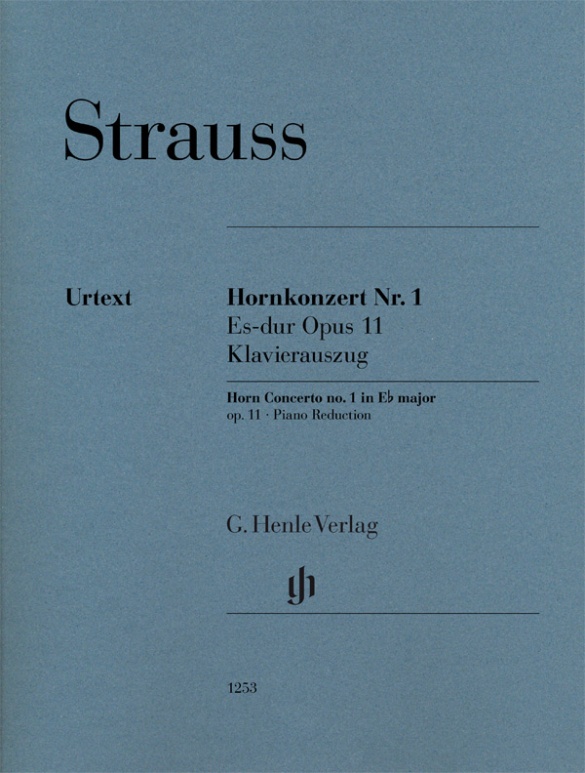

Richard Strauss
Concerto pour cor n° 1 en Mi bémol majeur op. 11
Avec son premier concerto pour cor, et étant à peine âgé de 18 ans, Richard Strauss accomplit un coup de génie ravissant. Jusqu’à nos jours, ce concerto est apprécié dans le monde entier par les cornistes (et par d’autres), faisant partie, aux côtés des chefs-d’œuvre de Mozart, des pièces de répertoire incontournables à l’instrument. Peter Damm, ancien cor solo de l’orchestre de la Sächsische Staatskapelle de Dresde et soliste de renommée mondiale, ne s’est pas contenté de jouer lui-même en public ce concerto plus de 170 fois, mais il a en outre présenté et publié les résultats fondamentaux de ses investigations concernant la genèse de ce concerto. Son édition Urtext prend en considération toutes les sources conservées et peut ainsi être considérée comme une édition de référence. Pour l’étude de la pièce ainsi que pour les auditions, la réduction pour piano réalisée par Johannes Umbreit et particulièrement bien jouable, s’avère d’une grande aide.
CONTENU/DÉTAILS
CONCERNANT LE COMPOSITEUR
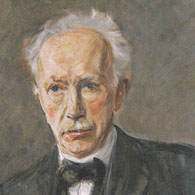
Richard Strauss
L’un des compositeurs d’opéras les plus importants du XXe s. Son œuvre comprend 15 opéras, 9 poèmes symphoniques, des concertos pour divers instruments et un grand nombre de lieder. Ses œuvres pour la scène abritent une grande diversité de genres et de sujets.
| 1864 | Né le 11 juin à Munich, fils de Franz Joseph Strauss, premier cor à l’orchestre de la cour. Leçons de piano, de violon et de composition. |
| 1885–86 | Directeur de l’orchestre de la cour de Meinigen, tout d’abord sous l’autorité de Bülow. |
| 1886 | Directeur musical au théâtre de la cour de Munich. |
| 1887–1903 | Il se consacre avant tout au genre du poème symphonique: entre autres «Mort et transfiguration» en Ut mineur op. 24, «Till l’Espiègle» en Fa majeur op. 28, «Ainsi parlait Zarathoustra» op. 30, «Symphonie domestique pour grand orchestre» en Fa majeur op. 53. |
| 1889–94 | Chef d’orchestre à Weimar. 1894 premier chef d’orchestre à Munich, 1898-1910 à l’opéra de la cour de Berlin. |
| 1905 | Percée avec la création de «Salomé» op. 54. |
| 1906 | Début de la collaboration avec Hugo von Hofmannsthal autour de l’opéra «Elektra» op. 58 aux harmonies très évoluées dont la création eut lieu en 1909 à Dresde. |
| 1911 | Création à Dresde, avec un fantastique succès, du «Chevalier à la rose» op. 59, renvoyant à diverses traditions et qui fait de lui le compositeur d’opéras allemand le plus important. Il décide de se consacrer avant tout à l’opéra: «Ariane à Naxos» op. 60 (1912), «Intermezzo» op. 72 (1924), «Die Ägyptische Helena» op. 75 (1928), «Arabella» op. 79 (1933), «La Femme silencieuse» op. 80 (1935), «Friedenstag» op. 81 et «Daphné» op. 82 (1938), «L’Amour de Danaé» op. 83 (1944). |
| 1919 | Direction de l’opéra de Vienne. Création à Vienne de la «Femme sans ombre» op. 65. |
| 1931 | Collaboration avec Stefan Zweig. |
| à partir de 1944 | Ses dernières œuvres: «Métamorphoses» pour 23 instruments à cordes solistes, Concerto pour hautbois en Ré majeur. Les Quatre derniers lieder. |
| 1949 | Meurt le 8 septembre à Garmisch-Partenkirchen. |
About the Authors
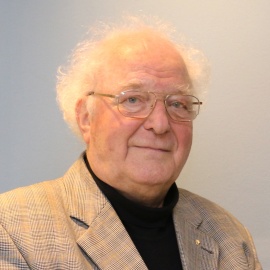
Peter Damm (Editeur)
Peter Damm was born in 1937 in Meiningen (Thuringia). After studying at the Hochschule für Musik in Weimar between 1951-1957 under Professor Karl Biehlig, he began his musical career in 1957 as solo hornist with the orchestra of Gera (Orchester der Bühnen der Stadt Gera). Two years later he became principal horn of the Gewandhaus Orchestra Leipzig, a position he held until 1969. From 1969 to 2002 Peter Damm was principal horn with the Dresden State Orchestra (Staatskapelle). On his retirement the orchestra made him an Honorary Member. Other titles conferred upon him include that of Kammermusiker (Chamber musician) in 1967 and Kammervirtuose (Chamber virtuoso) in 1971.
Alongside his orchestra work, Peter Damm also taught at the “Carl Maria von Weber” Conservatory in Dresden, as well as giving international masterclasses and running workshops in Europe, Japan and the United States. He has performed as soloist and chamber musician in almost all European countries, as well as in North and South America and Japan.
Between 1986 and 2018 Peter Damm was President of the International Competition for Wind Instruments in Markneukirchen (Saxony). He is an Honorary Member of the International Horn Society, of the Bavarian Horn Society and the Mozart Society in Saxony. Peter Damm has received numerous prizes and awards. His artistic prowess has been documented on many recordings and through radio broadcasts. His extensive repertoire covers solo, chamber music and concert literature from the 18th century up to and including contemporary music.
After the opening concert of the International Horn Symposium in La-Chaux-de-Fonds (Switzerland) in 2007, Peter Damm retired from the concert podium, also as a soloist. Since then he has dedicated himself to many diverse enterprises: scholarly research into Richard Strauss’ horn concertos, where the investigation into the sources is sometimes similar to detective work, tracing and editing rare literature for the horn, and arrangements for horn ensembles.
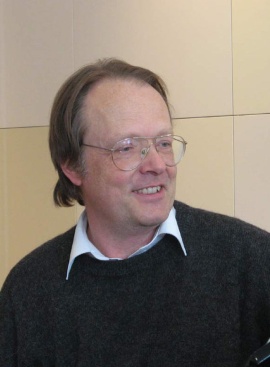
Johannes Umbreit (Réduction pour piano)
Prof. Johannes Umbreit studied the piano at the Musikhochschule in Munich. From 1987 onwards he was a regular accompanist at courses given by Wolfgang Schneiderhan, Thomas Brandis, Ljerko Spiller, Igor Ozim, Olga Woitowa, Ernő Sebestyén, Walter Nothas, F. Andrejevsky, Denis Zsigmondy and Zakhar Bron amongst others. He has appeared in numerous radio and TV broadcasts and plays chamber music with members of the Bavarian State Orchestra, the Munich Philharmonic Orchestra and the Bavarian Radio Symphony Orchestra.
He is on the jury of different international competitions and has been invited to several international music festivals. Umbreit was a teacher for almost ten years at the Musikhochschule in Munich and at the same time a lecturer for chamber music and piano accompaniment at the Richard Strauss Conservatory. Since 2008 he has been a lecturer at the Hochschule für Musik und Theater München. As the long-serving managing director of the Richard-Strauss-Gesellschaft, he was made an honorary member of the board in 2009. In May 2011, the Bavarian Minister of Culture appointed Johannes Umbreit an honorary professor of the Hochschule für Musik und Theater München on the suggestion of its academic senate.
Informations sur la sécurité du produit

G. Henle Verlag
Vous trouverez ici des informations sur le fabricant du produit.G. Henle Verlag e.K.
Forstenrieder Allee 122
81476 München
Allemagne
info@henle.de
www.henle.com
L’éditeur put s’entourer de collaborateurs de prestige avec le hautboïste Hans-Jörg Schellenberger, ancien membre du Philharmonique de Berlin et le légendaire corniste Peter Damm, de la Staatskapelle de Dresde, pour superviser ces éditions. Dans ce type de répertoire qui parle plus aux praticiens de l’instrument qu’aux musicologies, de telles collaborations sont une plus-value indéniable.
Crescendo Magazine, 2020Der Herausgeber Peter Damm hat für die hier vorliegende Urtext-Ausgabe die autorisierten Quellen von Richard Strauss herangezogen. Der akribisch gearbeiteten Ausgabe liegt eine intensive Recherche zugrunde, die Klarheit verschafft und eine Bereicherung ist für das Verständnis und die Möglichkeiten dieses brillanten Werks.
Das Orchester, 2021recommandations
autogenerated_cross_selling
Autres éditions de ce titre
Autres éditions de ce titre


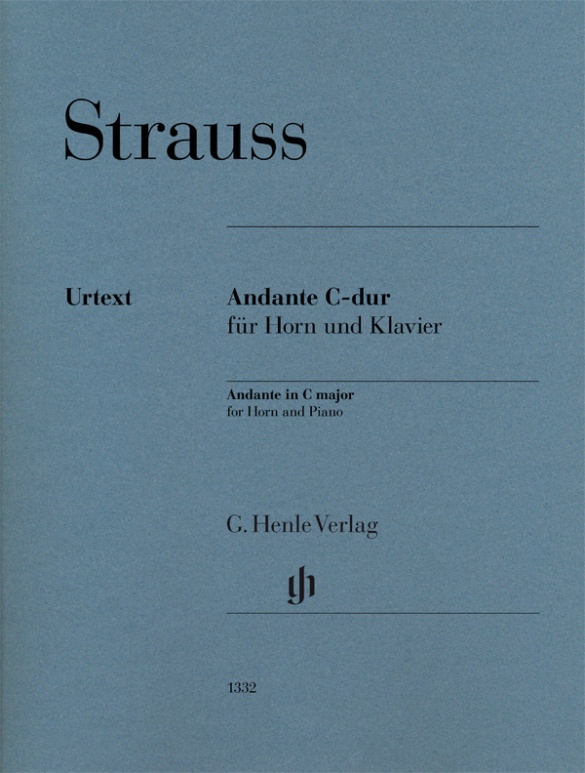

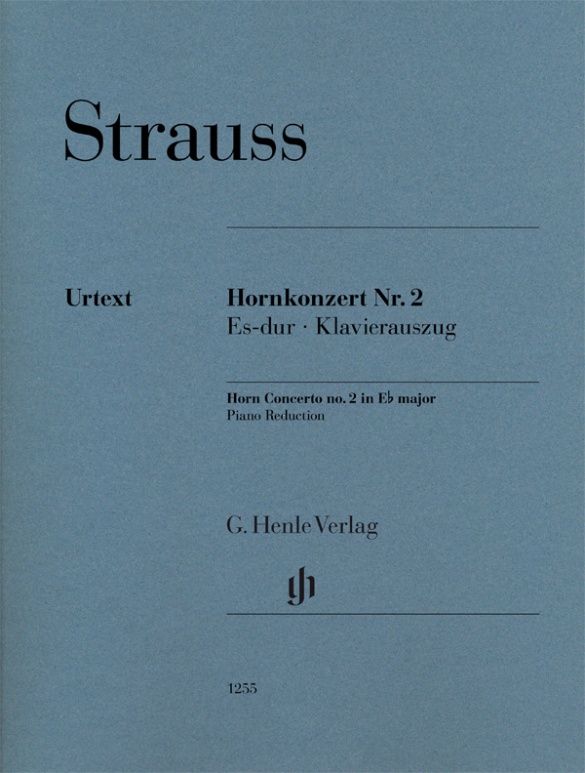
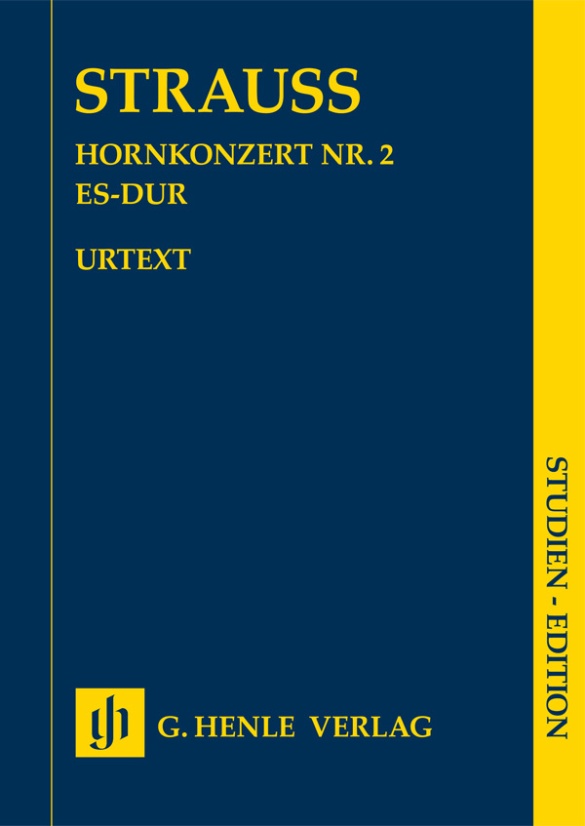
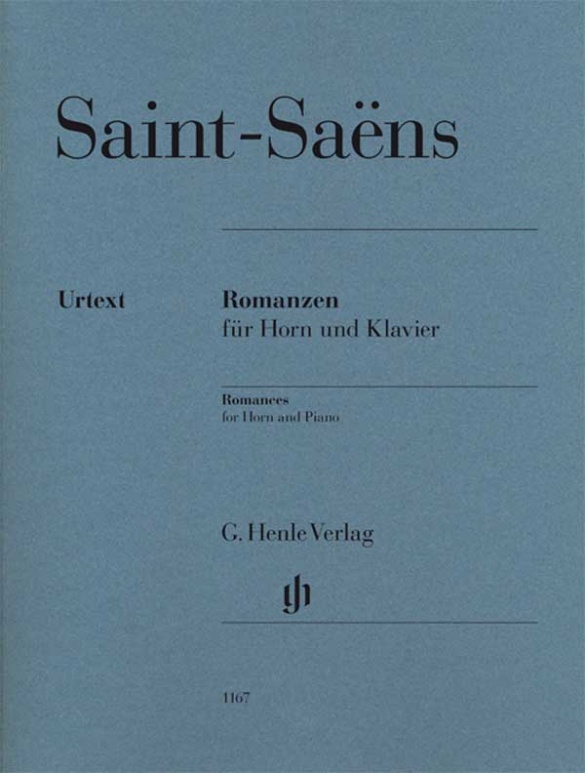
pour cor en Fa
Matériel d'orchestre chez Breitkopf & Härtel